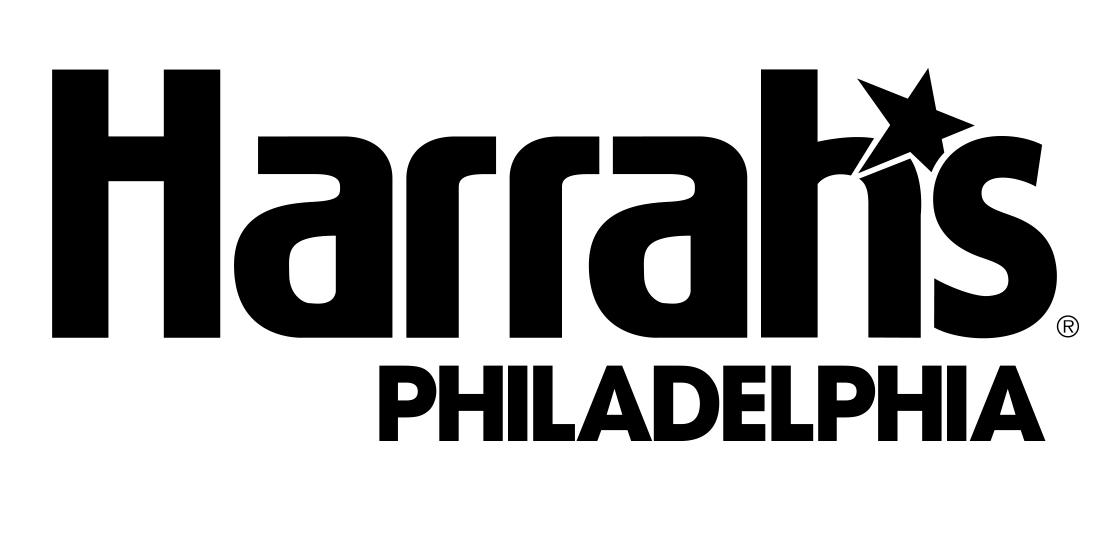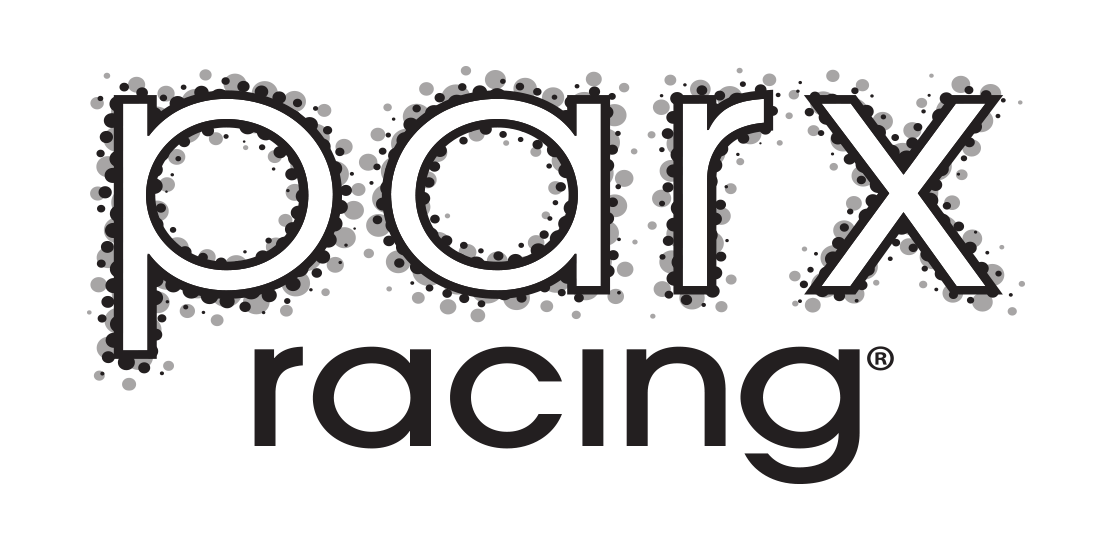Researchers out of the University of Pennsylvania have identified potential biomarkers that would indicate a shockwave machine treatment had been administered to a horse.
This study is the first of its kind to identify a possible biological signal revealing shockwave usage—a breakthrough development for a therapy that leaves no visible trace, but one that has historically generated welfare concerns due to its analgesic effects.
“Because it’s not a drug—it’s applied to the surface of the skin—it’s just not an easy thing to detect,” said Mary Robinson, director of the UPenn School of Veterinary Medicine’s Equine Pharmacology Research Laboratory and the lead researcher on the study, in a press release. The study was published in full Wednesday in Equine Veterinary Journal. “After a lot of trial and error, our study was able to measure changes in levels of five inflammatory factors, some of which we could detect up to three weeks after the shockwave therapy.”
A shockwave machine emits sound waves in doses that can be increased and decreased, depending on the severity and type of injury. Studies on humans and animals show they trigger an anti-inflammatory response within the body and promote the growth of new blood vessels, among other responses. Shockwave can be used to treat things like sore shins and suspensory issues in racehorses, and its use is fairly routine on the backstretch.
Controversy, however, surrounds the analgesic effects from shockwave application. The current scientific consensus is that this effect lasts between two to three days after treatment. One 2004 study found that analgesia could last up to 35 days after treatment, but experts say that study isn’t relevant to the way shockwave treatments are administered to horses.
Most jurisdictions follow either in full or in part the Association of Racing Commissioners International’s model rule on shockwave usage, which requires that horses given a treatment are placed on a vet’s list and prevented from racing or breezing for at least 10 days. The model rule also requires that shockwave machines are registered with a commission and used only by licensed veterinarians in designated locations.
While most jurisdictions are strict about who can use the machine, fewer of them require shockwave therapy to be performed at specific locations at a licensed facility. Many experts fear that, without adequate oversight and because shockwave therapy leaves no visible trace of use, the machine could be used on a horse to numb the pain of an injury before a workout or race—which is where this new study out of UPenn could play an important part.
Using 11 Thoroughbreds and Standardbreds kept as a study herd at UPenn’s New Bolton Center, the researchers collected blood samples at several timepoints both before and after the horses received a single treatment to a leg. Researchers were looking for 10 different pro-inflammatory and anti-inflammatory biomarkers—molecules called cytokines—using an ELISA kit.
“We looked a week before giving the shockwave therapy to see if there were any changes in the baseline period, due to changes in time of day or anything else, and didn’t see anything we could define as significant,” Robinson explained in the press release. “And in the post-shockwave period we went out to three weeks.”
Five of the cytokines studied showed no response to shockwave usage, but the other five—TNF-a, IL1b, IL-1RA, IL-6, and sTLR2—did, researchers found. Levels of one of the cytokines, TNF-a, were “significantly increased” through the three-week post-therapy study period.
In the press release, Robinson explained that more research needs to be conducted before these biomarkers could potentially be used as a regulatory tool to identify shockwave usage.
As such, the UPenn researchers are using a biobank of samples from client-owned animals treated at the New Bolton Center to see if these biomarkers and other indicators change in horses that are actively training and racing, or that have an acute injury.
This study is the latest in a series of recent developments surrounding shockwave therapy. In September, the TDN revealed how research had identified a possible link between its usage and a higher probability of catastrophic injury.
Using the Equine Injury Database (EID), Tim Parkin, a University of Glasgow professor of veterinary epidemiology, worked with a team of racing officials to look at horses that had been reported on the vet’s list for shockwave treatment, then counted the number of days and races since the treatment before that horse was fatally injured.
Parkin found it “statistically significant” that horses that received shockwave therapy in the last 90 days, 180 days, and ever were between 54% and 79% more likely to suffer a fatal injury than horses that had never received such treatments. For horses that received shockwave therapy in the last 30 and 60 days, the risk of fatal injury was also elevated: 26% and 65%, percent respectively, but these numbers (due to small numbers of horses treated so close to a race day) were not statistically significant.
The study-conducted for research purposes and not published in any peer-reviewed journal-wasn’t definitive proof that shockwave therapy is a single factor predisposing horses to a greater likelihood of fatal injury, however.
For example, the locations of the shockwave treatments weren’t identified in the data-an important point if causal links are to be made between treatments and the site of the fatal injury. The numbers do suggest, however, that there might be a correlation between underlying physical issues that necessitate shockwave treatments and a higher prevalence for catastrophic breakdown, Parkin told the TDN.
“Essentially, the pathology that drove the use of shockwave or drove the use of getting on the vet’s list remains–at least the impact of that in terms of risk of injury is retained in that horse for the rest of its racing career,” Parkin said.
Then, earlier this month, the California Horse Racing Board (CHRB) submitted a letter to the state governor, Gavin Newsom, with a number of recommendations, including that shockwave therapy be prohibited entirely.
According to SoCal-based private veterinarian, Ryan Carpenter, the CHRB’s stance is a “knee jerk” reaction to commonly held fears surrounding shockwave usage, and that the machine has therapeutic value for continued use on the backstretch. “I think it can be used appropriately and safely,” he said.
And while Carpenter admits that use of the machine requires adherence to an “on your honor system,” the findings of the UPenn study could mark an important breakthrough. “If the biomarkers prove to be of value, then we will now have a way to verify the on your honor system,” he said.
Robinson agrees. “Shockwave therapy is great as long as people rest the horse after using it,” she said, in the press release. “We are concerned that it’s being abused in the racehorse industry and that it could potentially result in breakdowns. That’s exactly what we’re trying to avoid.”
Original Source Credited to: Thoroughbred Daily News











